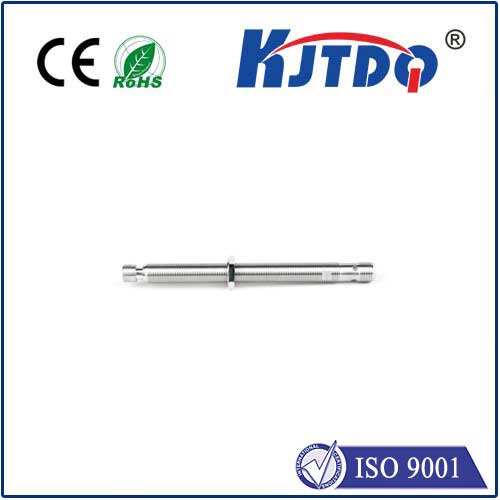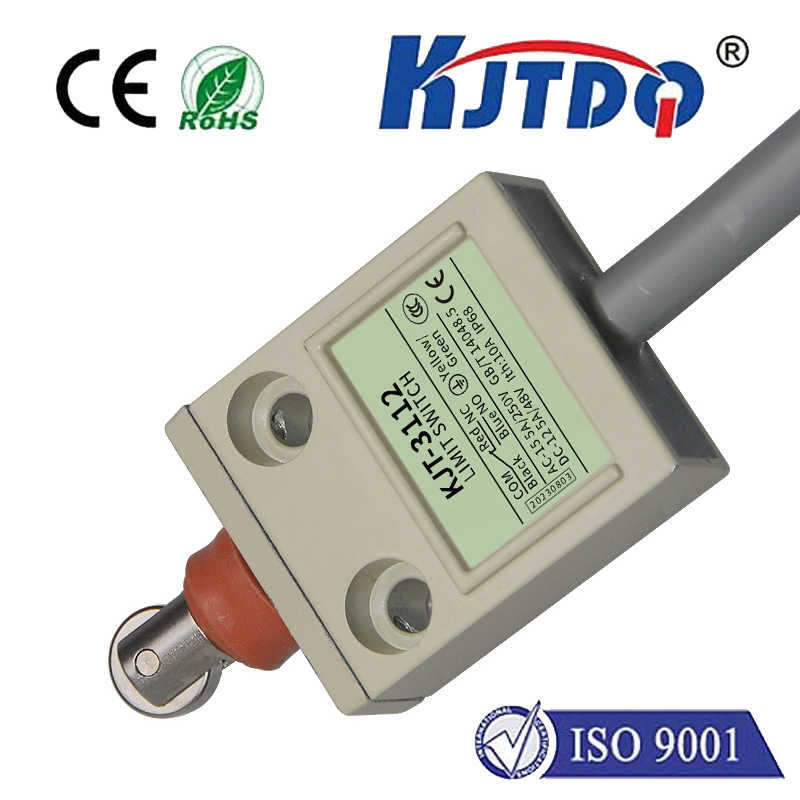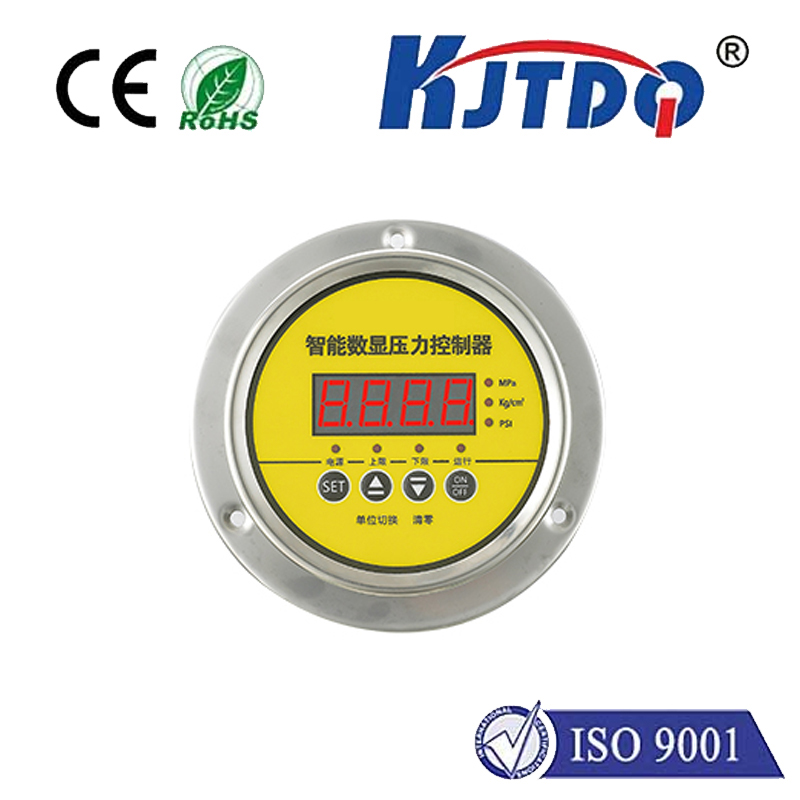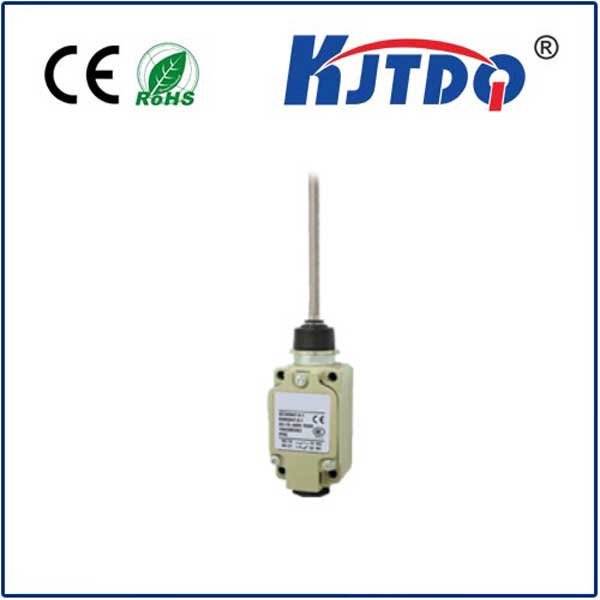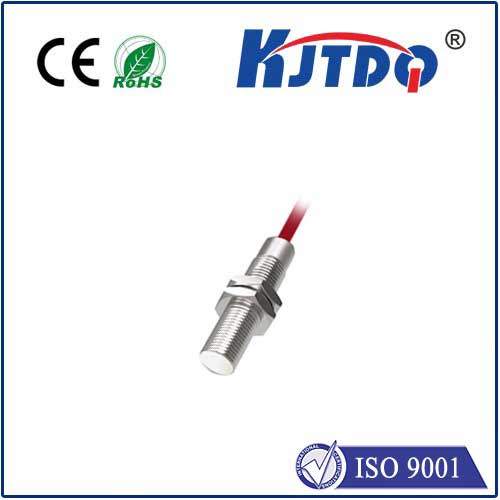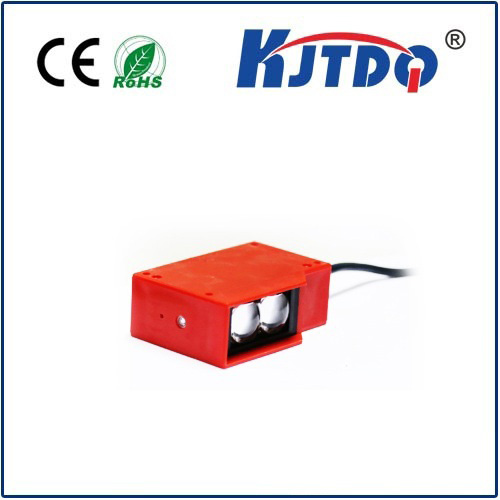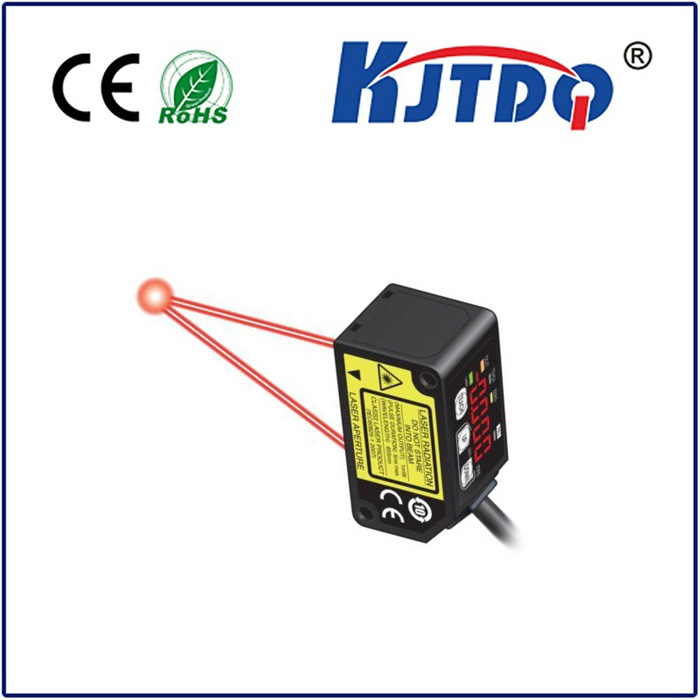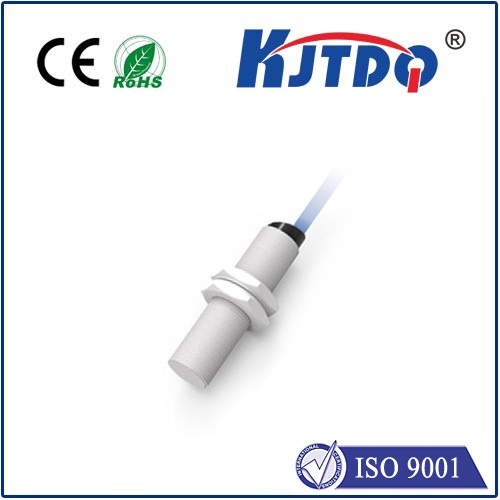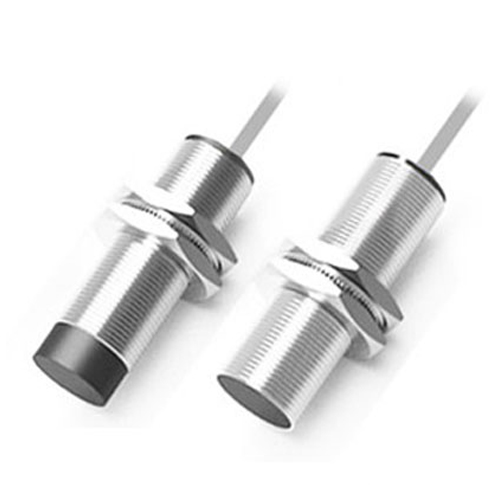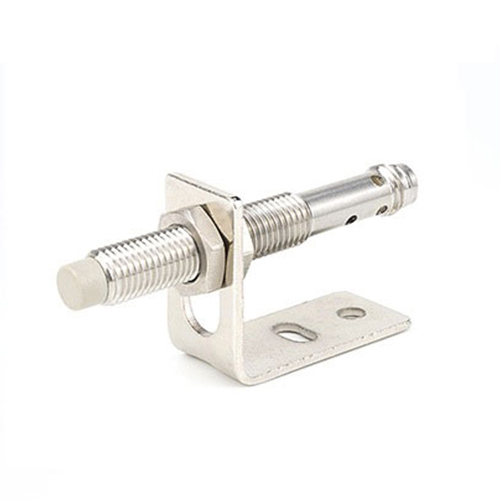BES00UT proximity sensor
- time:2025-10-16 09:50:16
- Click:0
BES00UT Proximity Sensor: The Precision Guardian in Metal Detection Applications
Imagine a world where machines lack the fundamental sense of touch. Assembly lines falter, position verification becomes guesswork, and robotic arms operate blindly. This is the reality avoided by the silent, ubiquitous workhorses of automation: proximity sensors. Among these, the BES00UT inductive proximity sensor stands out as a remarkably reliable and focused solution for essential metal detection tasks, particularly within demanding industrial automation environments. Its combination of rugged design, precise operation, and consistent performance makes it a cornerstone technology for countless systems requiring non-contact sensing of metallic objects.
Demystifying the Inductive Principle
The core magic of the BES00UT proximity switch lies in its inductive sensing technology. Unlike optical sensors susceptible to dirt or ultrasonic sensors impacted by environmental noise, inductive sensors operate electromagnetically. The sensor head contains an oscillator generating a high-frequency electromagnetic field. When a ferrous (iron-based) or non-ferrous (like aluminum, brass, copper) metal target enters this field, eddy currents are induced within the metal. This interaction causes a measurable change in the oscillator’s characteristics – typically a drop in amplitude or shift in frequency. The sensor’s internal circuitry detects this change and triggers its switching output (ON/OFF signal). This entire process happens contactlessly and with impressive speed, making it ideal for high-cycle applications.
Engineered for Resilience: The BES00UT Advantage

Designed for the rigors of factory floors, the BES00UT sensor incorporates features that guarantee longevity and reliable performance where it matters most:
- Robust Metal Housing: Typically featuring a durable stainless steel (often V4A/AISI 316L grade) or nickel-plated brass body, it shrugs off impacts, vibrations, and exposure to common coolants, oils, and mild chemicals. This inherent toughness is crucial in environments like machining centers or heavy equipment.
- Exceptional Environmental Sealing: Boasting a high IP67 or IP69K protection rating, the BES00UT is effectively shielded against dust ingress and high-pressure water jets. This makes it suitable for washdown applications in food and beverage processing or harsh outdoor settings.
- Temperature Resilience: Engineered to operate reliably within a wide temperature range (commonly -25°C to +70°C or wider), it functions consistently regardless of seasonal shifts or heat generated nearby machinery.
- Flush or Non-Flush Mounting (Specific Variants): Many BES00UT models, particularly the M12 threaded cylindrical form factor, offer flush-mountable options. This allows the sensor to be installed flush with or even recessed into a metal mounting bracket, protecting the sensing face from direct physical damage and enabling detection of smaller targets positioned very close to the mounting surface – a critical feature in tight spaces.
- Stable Switching Points: Precision engineering ensures consistent switching distances, irrespective of supply voltage fluctuations within its operating range. This stability is vital for accurate positioning and repeatable processes.
Where the BES00UT Proves Indispensable
The specific strengths of the Balluff BES00UT series make it exceptionally well-suited for numerous applications demanding dependable metal object detection:
- Position Verification: Confirming the presence or exact end position of cylinders, actuators, slides, clamps, or machine parts in assembly lines, presses, and material handling systems. Knowing a critical component is correctly positioned before proceeding prevents jams and errors.
- End-of-Travel Detection: Reliably signaling when a moving element (like a linear axis or conveyor shuttle) has reached its predetermined limit, ensuring safe operation and preventing over-travel damage.
- Object Counting on Conveyors: Detecting metal parts, cans, or components passing a specific point on a conveyor belt or track, enabling accurate production tracking and inventory control.
- Speed Monitoring: Used in conjunction with rotating metal targets (gears, flanges), it can provide rotational speed feedback for motors or drives.
- Presence/Absence Checking: Essential in sorting systems, robotic pick-and-place operations, and quality control gates to verify a metal component is present before the next process step.
- Machine Safety Interlocks: While not a primary safety device (Safety-rated sensors exist for that), it can form part of non-safety interlock circuits, confirming guards are closed or access doors are secured before machine startup.
Why Choose the BES00UT Over Alternatives?
Beyond its core sensing function, the BES00UT proximity sensor delivers tangible operational benefits:
- Non-Contact Operation: Eliminates mechanical wear and tear inherent in physical limit switches, leading to dramatically extended service life and reduced maintenance costs.
- High Switching Frequency: Capable of detecting objects moving at very high speeds, keeping pace with modern fast-cycle machinery.
- Immunity to Surface Conditions: Unlike optical sensors, it reliably detects targets regardless of surface dust, oil, dirt, paint, or moisture (as long as they don’t physically damage the sensor face). This robustness is invaluable in dirty industrial settings.
- Simple Installation & Integration: The standardized M12 housing and readily available connectors simplify mounting and wiring. Compatibility with common DC power supplies (often 10-30V DC) and standard switching outputs (NPN or PNP, NO or NC) ensures straightforward integration into most control systems (PLCs).
- Cost-Effectiveness: Delivers a high level of reliability, durability, and performance at a competitive price point, offering excellent long-term value.
Selecting and Applying the BES00UT Effectively
To maximize performance:
- Define the Target: Identify the target material (ferrous vs. non-ferrous) and its minimum size. Inductive sensors have rated operating distances (Sn) defined for standard steel; for non-ferrous metals, the actual sensing distance is reduced (e.g., 30-60% of Sn for aluminum). Ensure the target size meets or exceeds the sensor’s specifications.
- Consider the Environment: Factor in potential exposures – chemicals, washdown pressures, extreme temperatures, intense vibration. The IP rating and housing material are critical selections here. For heavy vibration, ensure robust mounting.
- Determine Mounting: Decide between flush mounting (for protection and close detection) or non-flush mounting (for slightly longer sensing ranges). Ensure adequate clearance around the sensor face.
- Specify Electrical Needs: Choose the required output type (NPN sinking, PNP sourcing), output function (Normally Open - NO, Normally Closed - NC), and ensure compatibility with your power supply voltage and PLC input card.
- Check Switching Frequency: Verify the sensor’s specified switching frequency exceeds your application’s required cycle speed.
The BES00UT inductive proximity sensor epitomizes practical, no-nonsense engineering for industrial automation. Its unwavering reliability in detecting metallic objects under tough conditions makes it more than just a component; it’s a fundamental enabler of efficiency, safety, and precision across a vast spectrum of machinery and processes. In the intricate dance of modern manufacturing, sensors like the BES00UT provide the essential sense of touch machines need to perform flawlessly.






